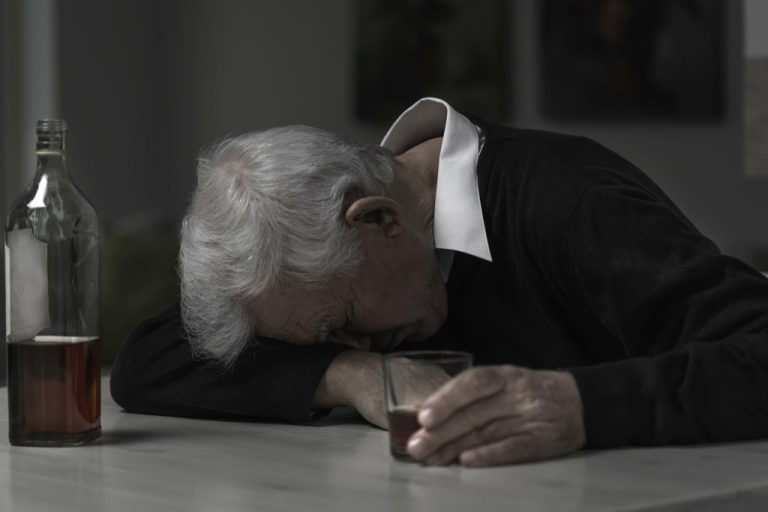However, it’s important to note that while alcohol initially boosts dopamine levels, its effects on the dopamine system are far more complex and potentially problematic in the long term. The relationship between alcohol and dopamine is not a simple one of increase or decrease, but rather a dynamic interaction that changes over time and with repeated exposure. While drinking initially boosts a person’s dopamine levels, the brain adapts to the dopamine overload with continued alcohol use. It produces less of the neurotransmitter, reducing the number of dopamine receptors in the body and increasing dopamine transporters, which carry away the excess dopamine. Researchers are investigating whether drugs that normalize dopamine levels in the brain might be effective in reducing alcohol cravings and treating alcoholism.
Alcohol’s Direct Effects on Dopamine Levels
The brain’s ability to adapt and heal, known as neuroplasticity, means that with abstinence, the dopamine system can gradually return to a more balanced state. When alcohol is consumed, it triggers a cascade of neurochemical events in the brain. One of the primary mechanisms behind alcohol-induced dopamine release involves the inhibition of GABAergic neurons in the ventral tegmental area (VTA) of the brain. GABA (gamma-aminobutyric acid) is an inhibitory neurotransmitter that normally keeps dopamine release in check. When alcohol inhibits these GABA neurons, it effectively takes the brakes off dopamine-producing neurons, leading to increased dopamine release.
An ultra low frequency spike timing dependent plasticity based approach for reducing alcohol drinking

There’s also the potential for confounding variables, including the fact that many people like to drink alcohol to enjoy and enhance social bonds (which we know are beneficial for the brain). Conversely, other recent data suggest a lower risk for dementia in people consuming a few alcoholic beverages a day. This includes a 2022 study showing that in around 27,000 people, consuming up to 40 grams of alcohol (around 2.5 drinks) a day was linked to a lower risk for dementia versus abstinence in adults over age 60. A much larger study of almost 4 million people in Korea noted that mild to moderate alcohol consumption was linked to a lower risk for dementia compared to non-drinking.

Challenges During Recovery
The ability of salsolinol to promote DA release and drinking is controversial, however, possibly due to difficulties in measuring brain concentrations of the compound. Newer methods of measurement will likely yield future pharmacological studies that will clarify its role in promoting drinking and the mechanisms which mediate its effects (Hipólito, Sánchez-Catalán, Martí-Prats, Granero, & Polache, 2012). Given that treatment-seeking individuals with AUD invariably go through repeated periods of abstinence and relapse, it is important for animal models of AUD to incorporate this element into the experimental design as these abstinence periods alcohol and dopamine may contribute to the neurobiology of AUD.
Alcohol and Dopamine: The Complex Relationship Between Drinking and Brain Chemistry
When people use alcohol regularly, the substance creates pleasure instead of dopamine, and the brain starts relying on it. Over time, the brain becomes more resistant to dopamine, and alcohol consumption leads to a dopamine overload. The brain then starts to produce less of the chemical, reduce the number of dopamine receptors in the body, and increase dopamine transporters that ferry away the excess dopamine. As dopamine levels plummet, so does one’s mood, leaving them feeling miserable and desiring more alcohol to feel better.

Synchrony between midbrain gene transcription and dopamine terminal regulation is modulated by chronic alcohol drinking
- The ability of salsolinol to promote DA release and drinking is controversial, however, possibly due to difficulties in measuring brain concentrations of the compound.
- Scientists postulate that this syndrome represents the hyperactivity of neural adaptive mechanisms no longer balanced by the inhibitory effects of alcohol (see figure).
- When the brain produces less dopamine, individuals may experience a loss of motor control, cravings, compulsions, and a joyless state known as “anhedonia”.
For example, medications like bupropion work by regulating dopamine activity, making it easier for individuals to reduce their alcohol consumption and regain control of their mental health. The medial prefrontal cortex (mPFC) is generally divided into ventral and dorsal aspects that serve specific roles in mediating distinct components of executive function. In the rodent mPFC, the dorsal portion is composed of the anterior cingulate (ACC) and prelimbic regions, and the ventral aspect contains the infralimbic and orbitofrontal regions. The anterior cingulate cortex is primarily responsible for behavioral inhibition and decision-making when emotion-related cues can be used to guide responding. The prelimbic cortex is just ventral to the ACC and it has been implicated in execution of goal-directed behaviors and likely subserves some aspects of working memory. Ventral to the PrL cortex, the infralimbic cortex is generally thought to serve an opposing role on the action sequences generated by the PrL region.
Indeed, intra‐NAc infusion of a dopamine D1 receptor antagonist (SCH23390 or ecopipam) decreased alcohol‐mediated behaviours in rats 141, 143. Collectively, these data indicate that the dopamine D2 as well as D1 receptors within the NAc regulate alcohol reinforcement. These findings are further substantiated by the alcoholism treatment data showing that peripheral administration of the dopamine D2 receptor antagonist fluphenazine decreased responding for alcohol, without affecting responses for water in rats 133. In addition, haloperiodol dose‐dependently reduced operant self‐administration of alcohol in rats 134 as well as decreased alcohol presentations in the self‐administration model 132.
- Following chronic alcohol exposure (right panel), network synchrony is disrupted due to the reduction in D2/D4 receptor modulation of excitability of pyramidal neurons and FSINs.
- Some experiments found no difference in DA release in the NAc after intraperitoneal injection of ethanol between P and NP rats.
- This presynaptic influence is part of the tonic-nonsynaptic mode of dopaminergic signal transmission.
- Current research strongly suggests that alcohol affects multiple neurotransmitter systems in the brain.
- Support groups, such as Alcoholics Anonymous or SMART Recovery, can also provide a sense of community and shared experience that can be invaluable during the recovery journey.
Studies have shown that adolescents who became abstinent from alcohol use exhibited significant recovery in behavioural disinhibition and negative emotionality, indicating a return to near-normal functioning in the prefrontal cortex. Alcohol abuse can have a significant impact on the brain, affecting everything from thoughts, balance, memory, speech, and judgment. It can also cause an imbalance in dopamine levels, as the brain starts to produce less of the chemical and reduce the number of dopamine receptors in the body.


No Comments